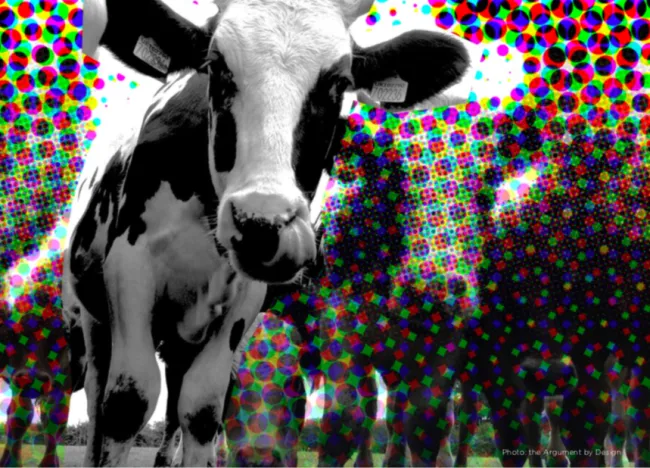This paper takes a closer look at who the stakeholders are in the debate around livestock, the different narratives that they construct about the livestock problem - and the solutions they propose. It does this by constructing four scenarios, each of which imagines a different livestock ‘solution,’ and explores the values that underpin them.
In 2023, this paper was adapted into a podcast series called "Meat: The Four Futures." Visit the podcast page to learn more.
This new FCRN think piece focuses on the future of livestock production - or rather on a range of different livestock futures.
It takes as its starting point the observation that while most of us may agree we have a food ‘problem’ there is less unanimity as to what the causes are, what or who is to blame and why. This matters because our views about what causes a problem shape our views on what a solution looks like. One particular issue exemplifies both the complexities of the problem and the discord it engenders. This is the ‘meat question.’
It is now largely undisputed that the rearing of animals uses a great deal of our finite land and resources, and contributes to many environmental problems. What is much more in dispute though, is whether these problems are tractable, how the costs of livestock weigh up against the various benefits they provide, how beneficial these benefits truly are and – on the basis of all this – what kinds of solutions are necessary, desirable, inevitable or possible. Different interest groups have different views, based on their particular underpinning ideologies and beliefs.
This paper takes a closer look at who the stakeholders are in the debate around livestock, the different narratives that they construct about the livestock problem - and the solutions they propose. It does this by constructing four scenarios, each of which imagines a different livestock ‘solution,’ and explores the values that underpin them. What might happen if the world were really like this? How is success defined in these futures, what sort of dynamic tensions might start to manifest themselves, and what new problems might emerge?
Of course, having drafted a set of scenarios, the obvious question that arises is ‘so what?’ Visions of the future are ten a penny. The final part of the paper focuses on this ‘so what?’ question and makes the case for more self-critical, exploratory approaches to research, policy and advocacy.




